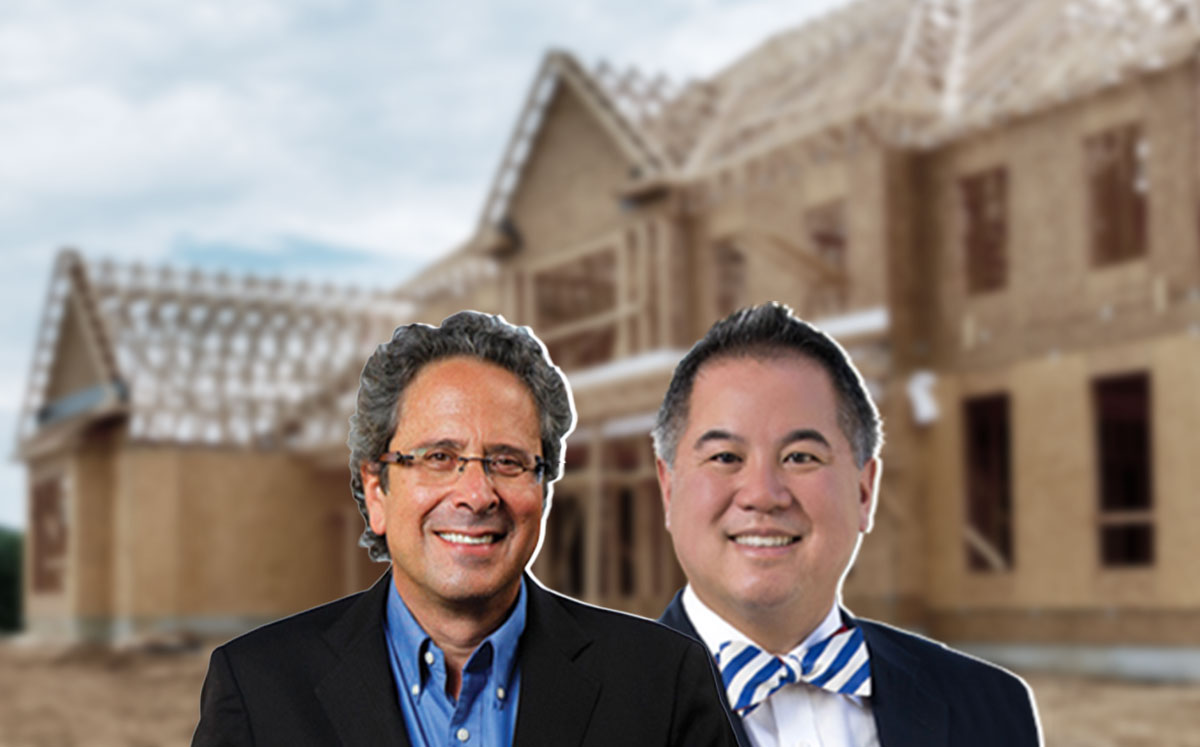Coronavirus suspended the movement to address Los Angeles and California’s massive housing shortage. Now, it’s back.
A state bill to allow residential development on commercially-zoned land across has cleared a vote in the Assembly. It was introduced in late February, just before the pandemic took hold.
AB 3107 would require cities and counties to allow developers to build housing on land designated only for commercial use. Assembly members Richard Bloom — whose district encompasses Los Angeles — and Phil Ting, who represents part of San Francisco, are its authors.
The bill, which just passed the Appropriations Committee, could open up scores of properties and sites for residential development up and down the state.
AB 3107 was designed as an incentive for municipalities to zone more land for residential development. The state’s Planning, Zoning and Development Law requires that counties and cities zone a certain amount of land for residential development, which is calculated primarily using population and housing needs in that jurisdiction.
Last year, the state passed a law tweaking minimum zoning requirements. Jurisdictions must now zone for enough housing to meet existing and future needs, instead of just future needs. The majority of California cities and towns are lagging on their housing targets, according government reports published late last year.
Only cities and counties that haven’t zoned enough land for housing would need to open up commercial properties for residential development, and they would be cleared of that obligation once they meet state requirements.
At least 20 percent of the units of a residential development built on commercial land would need to be set aside as affordable, under the bill.
There are several limitations on site eligibility, and commercial properties near factories would be off limits. A site is also ineligible for residential development if any adjacent property is used for warehousing, manufacturing or another industrial use.
A site would also only be eligible if about three quarters of its perimeter “adjoins parcels developed with urban uses.”
Developers would also be allowed to apply for density bonuses, like those available through L.A.’s Transit-Oriented Communities program.
